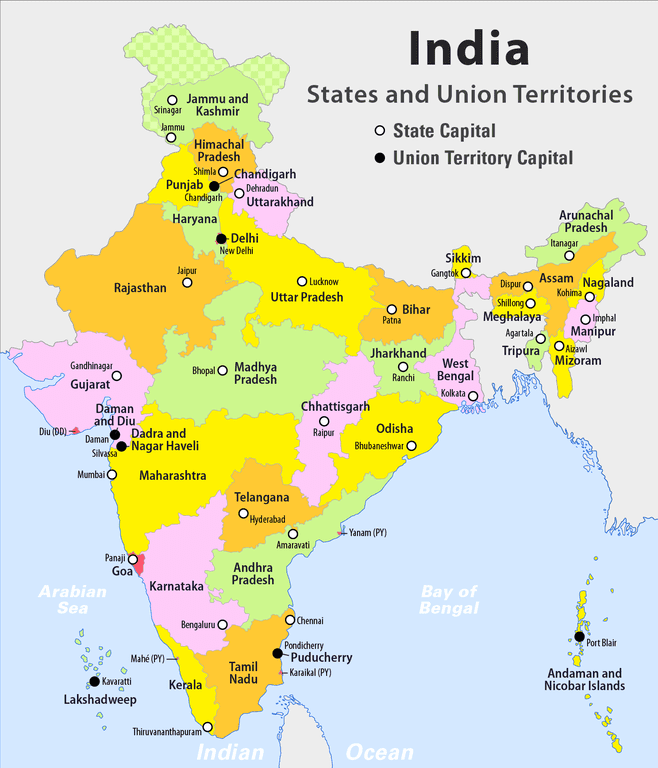
(Wikimdia Commons public domain image)
The latest installment of the biweekly Hamblin-Peterson Deseret News column is now available online:
***
Here’s an article from the very first volume of Interpreter: A Journal of Mormon Scripture, which was published slightly more than six years ago:
““I Have Revealed Your Name”: The Hidden Temple in John 17”
“John 17 contains a richly symbolic Last Discourse by Jesus, in which the disciples are assured a place in the Father’s celestial house or temple. To fulfill this promise Christ reveals both the Father’s name and his glory to his disciples. Jesus’s discourse concludes with the promise of sanctification of the disciples, and their unification—or deification—with Christ and the Father. This paper explores how each of these ideas reflects the temple theology of the Bible and contemporary first-century Judaism.”
***
Many of you, I think, will appreciate this:
“Jeffrey M. Bradshaw: Beauty and Truth in Moses 1”
***
From an unpublished manuscript of mine:
In an article entitled “An Angel Told Him: Joseph Smith’s Aged Sister Tells about Moroni’s Talk,” the 11 April 1895 Kansas City Times reported a speech given by Katharine Smith Salisbury about the same event. “Mrs. Salisbury,” the newspaper’s correspondent told his readers, “is a very old woman now—83 years of age. But she claims to recall the time of the wonderful vision as vividly as though it were but yesterday.”[1] (She would have been ten years old when Moroni came.) “I can remember,” she said,
the time that this work commenced, that my brother had the vision, that he saw the angel and talked with him. After he had his first vision, he lay in bed one night studying what he had seen. And his room became light, and it grew lighter and lighter until an angel descended and stood by the side of his bed. He did not touch the floor, but he stood in the air. He was dressed in white raiment, of whiteness beyond anything Joseph had ever seen in his life, and had a girdle about his waist. He saw his hands and wrists, and they were pure and white, and he talked with him.[2]
Of all the accounts of the visitation, only Katharine mentions the angel’s “girdle” and only Katharine mentions that Joseph had been reflecting that evening on his earlier “First Vision.”[3] These facets of her narrative may well reflect what he himself told her but never committed to writing. But, very much as in Joseph’s own account, she mentions the unparalleled character of the light in which the angel was enveloped. Notice how Joseph struggles to express the brightness and glory of the light he perceived, limited as he is to images taken, in from his experience in a world that was still, as the title of William Manchester’s book about medieval Europe memorably expresses it, “lit only by fire.”
[1] As given at “Katharine Smith Salisbury’s Recollections,” 10.
[2] “Katharine Smith Salisbury’s Recollections,” 11.
[3] Though it isn’t surprising that he might have been doing just that, since his mother remembers that, earlier that very evening, the family had been discussing a central theme of the First Vision narratives, the “diversity of churches that had risen up in the world and the many thousand opinions in existence as to the truths contained in scripture.” Lucy’s Book, 335.










